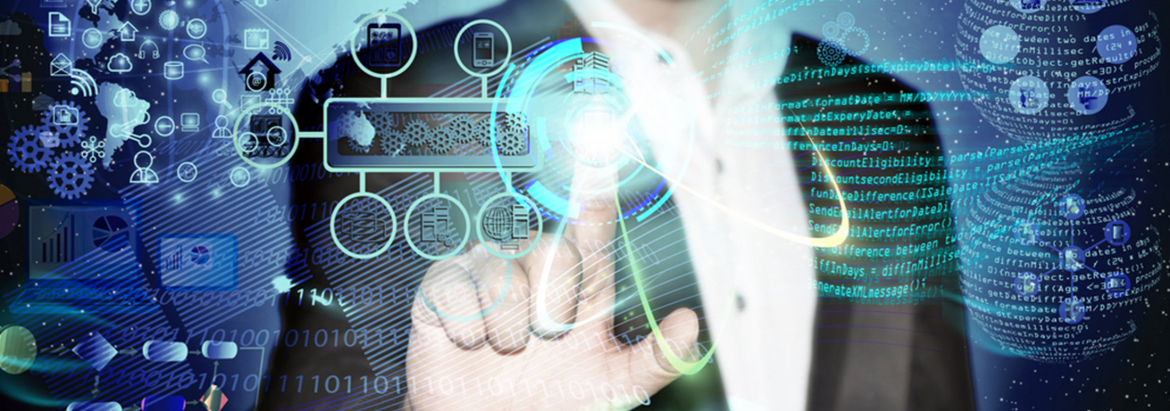
Legacy Application Modernization


The transformation from traditional infrastructure to a more cloud-native environment is important and inevitable. However, before applications are transferred, they will have to be modernized. The modernization of legacy applications helps to make systems more suitable for the cloud.
The approach to legacy application modernization can depend on numerous factors. But, once those factors are evaluated, IT professionals put the methods to modernize legacy applications under three main categories.
As the name suggests, there is no server involved in this approach. All applications can migrate to the cloud directly. Several infrastructure management tasks like capacity provisioning, patching, operating system maintenance, or server or cluster provisioning are unnecessary. Developers can concentrate on creating the core features of the application without focusing on the server architecture. Such approaches are ideal if the business needs to increase the scalability of applications.
Through containerization, companies can pack all configurations, application code, and discrepancies within one object. While transferring the software from one platform to another, these containers protect and ensure that the application functions properly. Containers help to reduce overhead and improve the efficiency of applications. They also determine the portability of applications.
Many companies invest in the Cloud Migration Assessment Tool for Business, and modernization of legacy applications is an extra step towards making the system more cloud-native. This will enable the automation of business processes and better scalability of applications. The cloud-based functionality of legacy applications will increase as well.
Following are the steps that one can use to modernize all legacy systems.
Step 1: Evaluation of the Legacy Systems
Before modernizing, the legacy systems need to be evaluated thoroughly. For the evaluation, professionals can choose from several drivers. With businesses making a shift to more advanced digital platforms, most applications may not work. These require proper evaluation so that professionals can effectively modernize all legacy applications. Modernization is usually necessary when the cyber security and compliance services are not working well, the cost of ownership is increasing, or the technology becomes very complex. It is also required if the evaluation shows that scalability is low.
Step 2: Evaluation of the Modernization Approach
To find the best approach towards introducing legacy application modernization, one needs to consider the various modernization options available. Some of these options are easier to implement. The easier they are to implement, the better impact they will have on the system. Gartner ranks these methods from the easiest to the hardest. The most difficult option to implement will also have the highest risk and may even adversely impact some parts of the legacy applications.
Encapsulation of all application data and functions is crucial to legacy applications modernization. When properly encapsulated, these will be available as different services through an API. Encapsulation, thus, assists in leveraging all application features. It has the least amount of risk involved.
One can often redeploy the application. To do this, the host has to be changed from one particular infrastructure to another. Successful rehosting can happen when the component of the legacy application is redeployed to another physical, cloud, or virtual infrastructure. There should not be any modifications to the original application code at the time of rehosting.
The migration of the legacy application to a different runtime platform can be another way of modernizing it. The process is different from rehosting as the application code is changed. While minimal modifications are essential, the structure of the code and all functions and features of the application remain intact.
The application code can be refactored or restructured. It will not modify the external code behavior, but the refactoring will effectively optimize it. Through refactoring, one can remove all technical debt and any features that are not functional or essential to the legacy application.
To modernize the legacy application system, one can change the code materially. It will help in shifting the legacy application to a new architecture. However, there is some risk involved, and the entire re-architecting process can be extremely complex.
For the modernization of legacy applications, one can choose to rebuild the entire application. A new code will have to be written, but there will not be any changes in the scope of the application. The specifications of the legacy application will also remain the same. The redesigning or rebuilding of legacy applications can be very difficult for developers. It will need to be accurate to have the desired impact on the business.
Companies can opt to replace the existing legacy application component with a new one. However, this replacement process involves the maximum risk. When a new application component is introduced, one must consider various needs. It will allow the developer to determine the specifications of the new element.
Companies need to consider all the options mentioned above. Once they go through the available ways of approaching legacy applications, they can decide what will be best for the business.
Step 3: Selection of a Modernization Approach
The approach to modernizing legacy systems needs to have a positive impact on the company. Organizations must map all the different modernization options before deciding which will bring the most value to the business. The modernization approach also depends on the impact it has on technology, functionality, and system architecture. It should be an approach that is instrumental in reducing both costs and risks. Once such an approach is determined, professionals can use it to modernize all existing legacy applications.
Businesses are investing in Cloud Enablement Services as they are cost-effective and help to utilize the maximum resources. These resources can help with legacy programming languages and various development frameworks. With the implementation of modernization, legacy applications will become suitable for the cloud environment, ensuring error-free digital transformation.
Please complete the form details and a customer success representative will reach out to you shortly to schedule the demo. Thanks for your interest in ZIF!